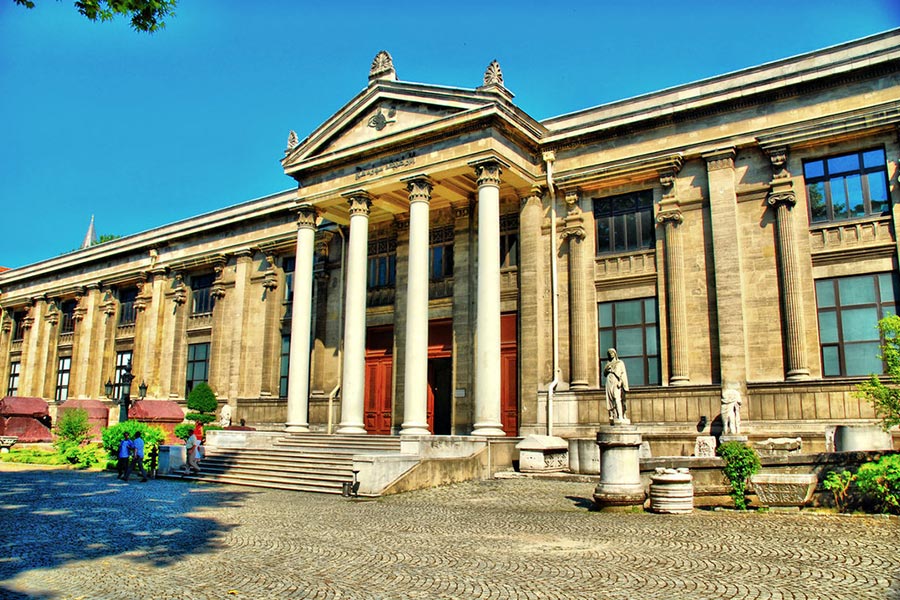
Istanbul Archaeological Museum
Istanbul Archaeological Museum, Archaeological Museum, Old Oriental Museum of Art and Chinese Pavilion Museum.
ARCHEOLOGY MUSEUM
In 1887-1888, a museum building was needed where important works such as Iskender Lahdi and Tabnit Lahdi brought to Istanbul from the excavations of the King Necropolis of Sidon (Sayda, Lebanon), considered the most important discovery of the period.
The archeology museum, founded under the leadership of archaeologist, painter and museum artist Osman Hamdi Bey, and Museum-i Hümayun (Imperial Museum) was opened on 13 June 1891.
The building, which was constructed by the famous architect Alexandre Vallaury, was later built in 1903 and 1907 with the addition of left and right wing to the present Main Museum Building.
OLD WRITTEN MUSEUM
In 1883, as the Sanayi-i Nefise Mekteb-i Alisi (Academy of Fine Arts), Osman Hamdi Bey again built the famous architect Alexandre Vallaury and was used as a school for a long time. Between 1917 and 1919, Halil Edhem Bey, the director of the archaeological museum of the time, turned the museum into a museum with the aim of exhibiting the works of Near Eastern countries.
TOURISM MUSEUM
The Chinese Pavilion is the only example of the Ottoman civil architecture built under the Seljuk influence in Istanbul. The sources telling the period of Fatih Sultan Mehmed (1451-1481) are told in 1472 that it was built inside the walls of Sarayburnu and the walls surrounding Topkapi Palace.
There are 726542 works registered in the museum Classical Works Museum, Eski Doğu Museum of Art, Chinese Pavilion Museum, Archives of Civiyazılı Documents, Coin Departments and Library as of 2013.













